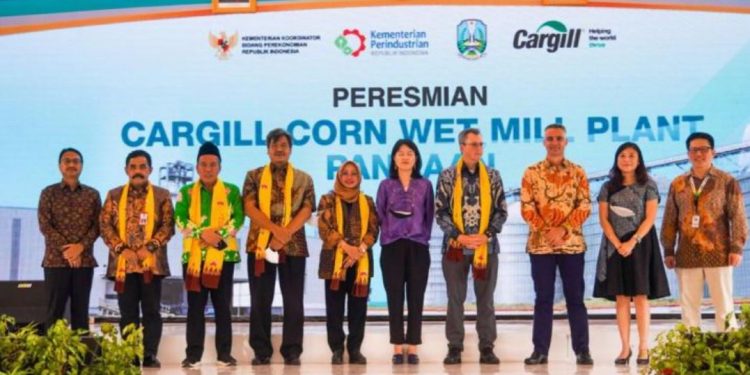IDNAround – State-owned utility firm PLN recently announced that it was preparing a flexible power generation system in a bid to support Indonesia’s energy transition.
According to PLN transmission and system planning director Evy Haryadi, having a technology that can integrate renewables into PLN’s system would be pivotal to Indonesia’s shift from fossil fuel. A flexible power plant would also be crucial, as it can address the intermittent nature of renewable energy.
“Back then, fluctuations only occurred on the demand side of power. Once we use renewable energy power plants, we can see fluctuations on the supply side. The sun does not shine all day long, and it is not always windy. We need a flexible power plant to ensure 24/7 power supply,” Evy said.
PLN has released its 2021-2030 electricity procurement master plan (RUPTL). Under the master plan, PLN has set a goal to source 51.6 percent or 20.9 gigawatts of its 40.6-gigawatt added power capacity from renewables by 2030. This comprises 10.4 gigawatts of hydropower, 4.7 gigawatts of solar, 3.4 gigawatts of geothermal, and 2.5 gigawatts of other renewables.
“We will lower our carbon emission by increasing our renewable energy use. We are currently preparing that these renewables are not only reliable and efficient but also affordable for the people,” Evy said.
Hydropower plants are flexible and have a low production cost, but the challenge lies in the limited local hydro potential. Whereas infrastructure and high production costs become the hurdles to geothermal power plants.
“PLN is relying on hydropower and geothermal plants as flexible power plants. Going forward, we would increasingly need flexible plants as there is a more variety of renewable energy within the PLN system. As we largely use fossil generators for baseload,” Evy said.
PLN also reported that it was working on a smart microgrid to boost renewable energy use in isolated areas.
Related News: Elon Musk Wears Batik Bomba in the B20 Summit, Where did it come from?







